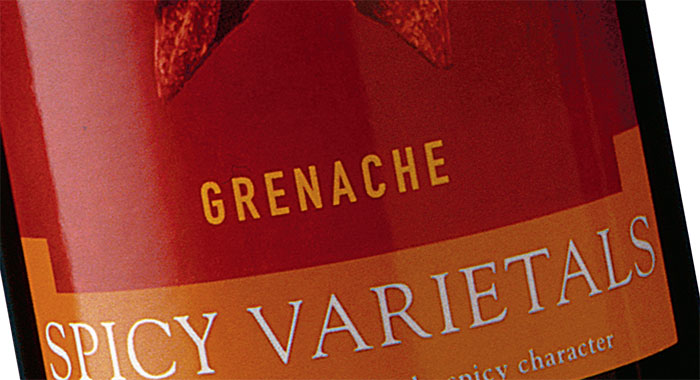
Pronounce it: gren-ash
Bold, fruity, alcoholic
Grenache is the flavour of summer holidays. In France and Spain, it makes juicy rosés, ideal served chilled. It is also a key part of the Rhone blends with their notes of heather and herbs, and warming alcohol.
It grows well in tough circumstances as a bush rather than on a trellis. Australia’s Barossa Valley has plenty of Grenache bushes that are over a century old and produce small amounts of very intensely flavoured grapes. Its tolerance of drought may make it increasingly popular as traditional wine zones suffer the effects of global warming. Certainly Garnacha (as it is known in Spain) is a survivor in the harsh, slate soils of Priorato. It also adds fruit and heart to Tempranillo in Rioja.
Over on the French Mediterranean border with Spain, Grenache is the base for the traditional vins doux naturels, the sweet fortified wines of Southern France, Banyuls and Maury.
Main characteristics
Colour: red; typically pale garnet
Body: medium to full bodies
Tastes: raspberries and strawberries with plenty of alcohol
Often blended with: Carignan, Cinsault, Mourvèdre, Syrah (the last two making a blend sometimes known as GSM when blended with Grenache)
Spotter’s guide: France, especially the Southern Rhone, Chateauneuf-du-Pape; Spain, especially Priorato, Aragon, Cariñena, Rioja. Australia; California, South Africa. Rosés: France: Tavel, Lirac, Cotes de Provence; Spain: Navarra. Sweet fortified wines: France: Banyuls, Maury
Keep or drink Drink; but the best fine wines have the structure to keep
Be the first to comment on "Grenache"